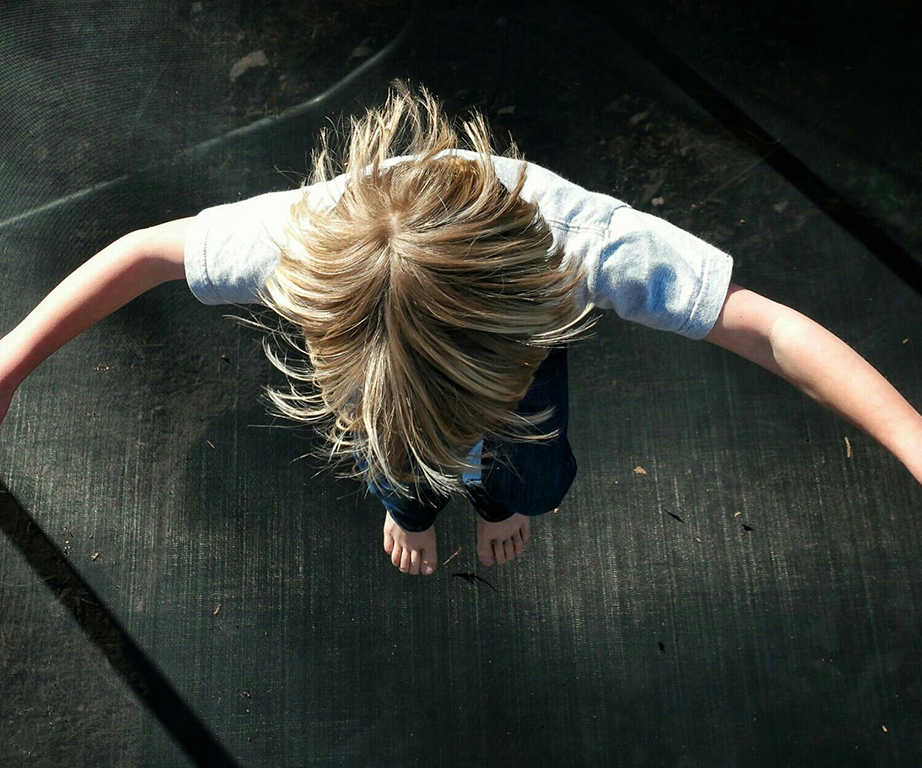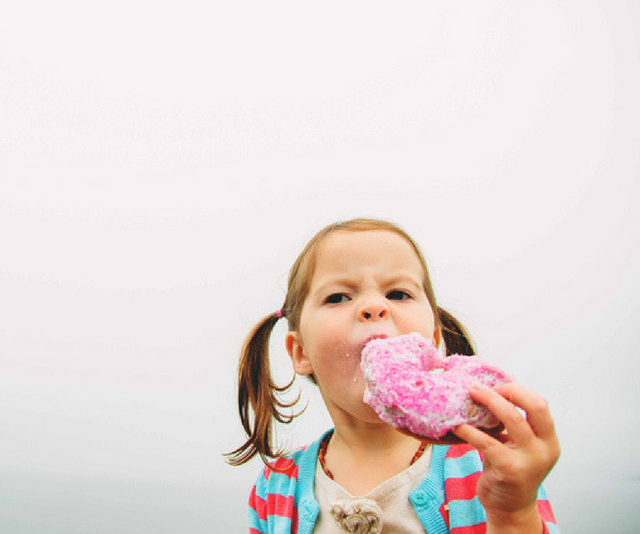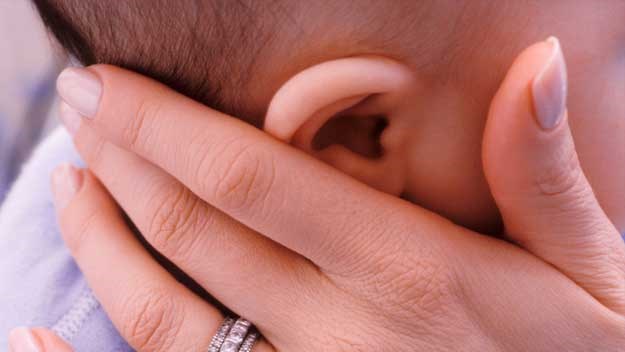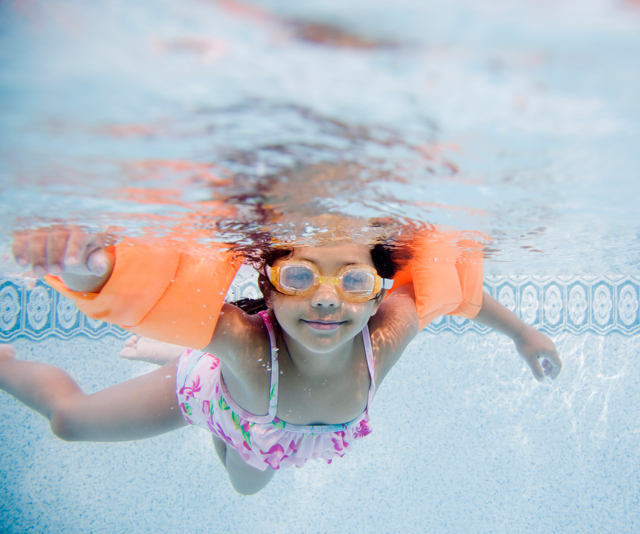Backyard trampoline fun is an Aussie institution. Who hasn’t bounced for hours on end on a burning hot rubber mat while shouting excitedly for their parents to watch each new trick?
Aside from being great fun, children get tonnes of benefit from their time on a trampoline.
They gain muscle strength, improved bone density, balance, coordination and a sense of body in space, but there are some safety issues that families need to be aware of.
Fortunately trampoline safety has come a long way since the rectangular, springed mats of our childhood.
We parents need to be sure that the trampolines we buy are safe, and stay safe throughout their use.
Leading Australian trampoline company, Vuly Play‘s CEO Joe Andon says there were key things parents should look for when purchasing a trampoline.
“Always make sure the manufacturer actually meets the safety standards by asking for their AS:4989 certificate. Many trampoline makers claim certain weight ratings on their products, but don’t test to the strict requirements laid out in the Australian Standard,” he said.
“You should also examine the size of the weave on the safety net – you don’t want little fingers getting caught – and make sure that all springs and safety padding are positioned outside the safety net, otherwise the net isn’t actually protecting the user.
“The netting should also extend far above the trampoline to prevent children falling off and injuring themselves.”
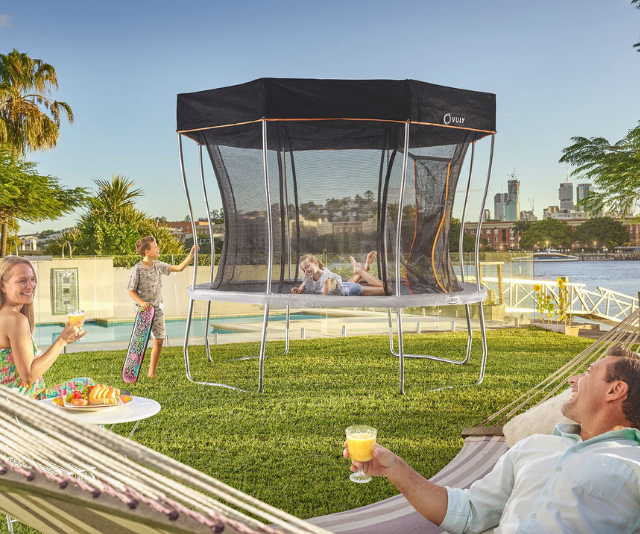
Vuly Trampoline’s CEO Joe Andon was instrumental in implementing safety guidelines for trampolines. Image: Supplied.
If you get a chance to try before you buy, Joe recommends that you do.
“We recently built a new showroom to give families the opportunity to jump on each of our trampolines and see which best suits their needs.”
Before they bounce
You might have purchased the safest trampoline on the market, but every day maintenance and a few quick checks will help ensure your little stay safe while bouncing.
Kidsafe NSW recommends:
Place the trampoline on a flat surface. Ensure the trampoline is level and stable.
Secure the trampoline legs to the ground to increase stability and prevent it being moved.
Regularly check the condition of the trampoline bed (mat) and frame padding system for tears, detachments and weakening due to wear and sun exposure.
Ensure the area under and around the trampoline is free of obstacles such as bicycles and other moveable play equipment.
Inspect framework and springs for surface rust, corrosion or deterioration and check that they are attached properly.
Continues after video …
Trampoline safety rules
The following are Kidsafe NSW recommends for best practice when bouncing:
Only one user on the trampoline at a time
Supervise children using the trampoline at all times
Trampolines are not recommended for children under six years of age
Teach children how to correctly use the trampoline such as: jumping in the centre of the bed
focussing their eyes on the trampoline bed as this will help control bounce
Adults should model safe behaviour on trampolines
Display clear safety signs such as “one at a time,” “bare feet only”, “do not use when wet”, “do not jump onto or off the trampoline”
Keep toddlers away from the trampoline when in use to prevent them from going underneath the trampoline
A “spotter” can warn the trampoline user if they are moving off centre of the bed
Do not attach chairs, ladders or planks etc. to the trampoline
Take children to trampolining school to learn somersaults etc.
As fun as they are, these few safety tips will help make sure your trampoline is the safest it can be. Happy bouncing!
